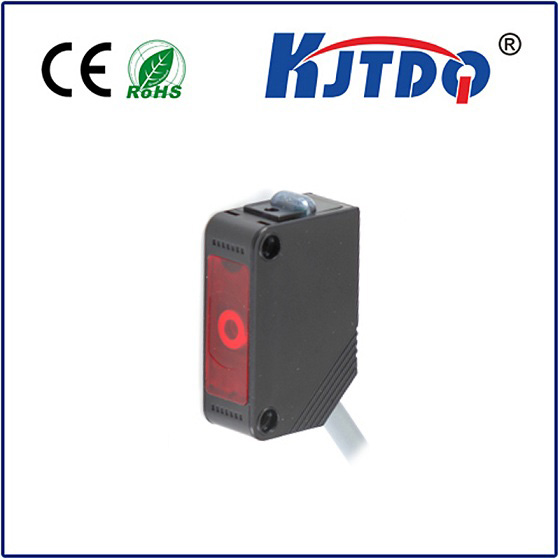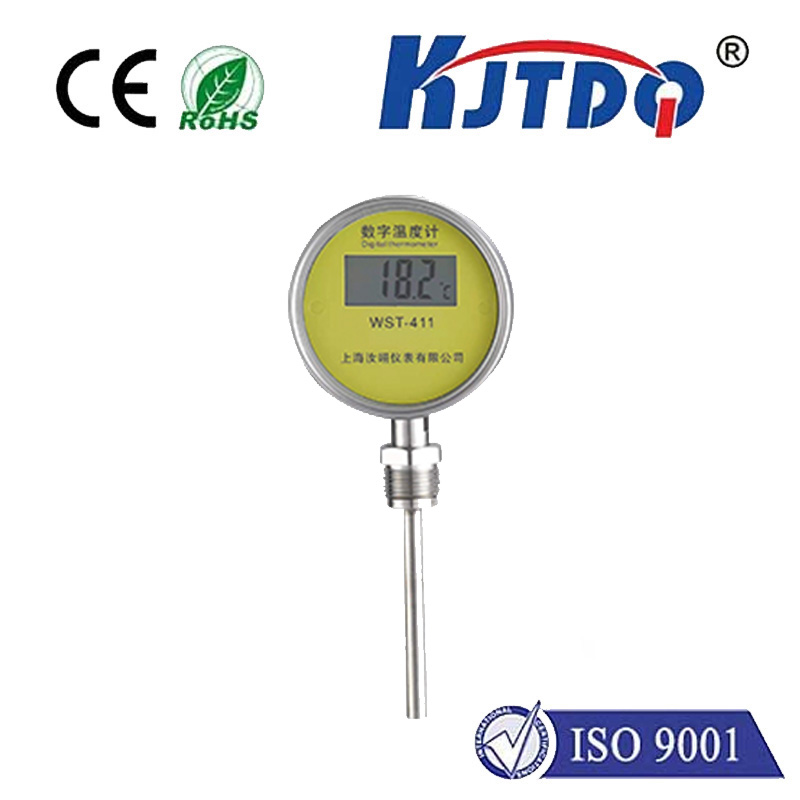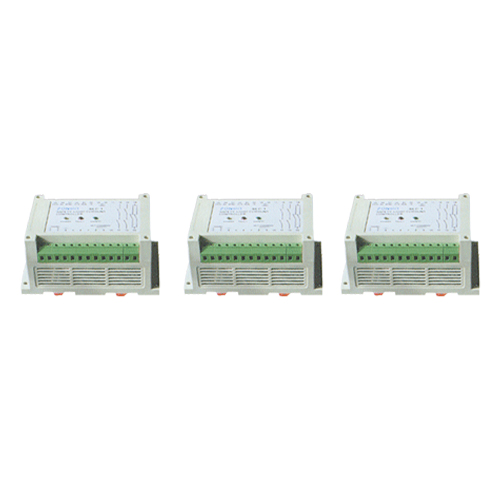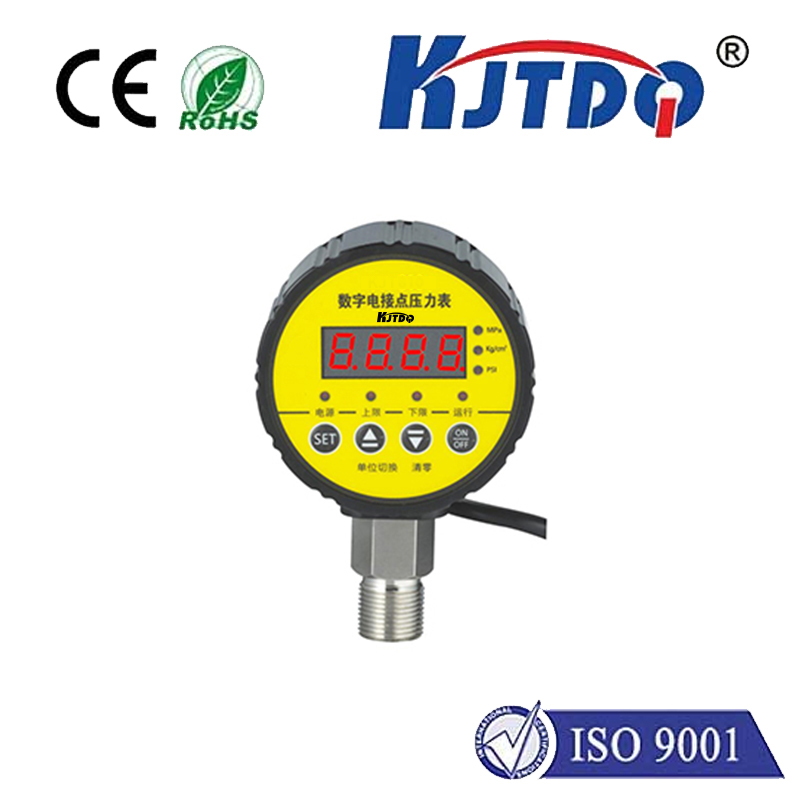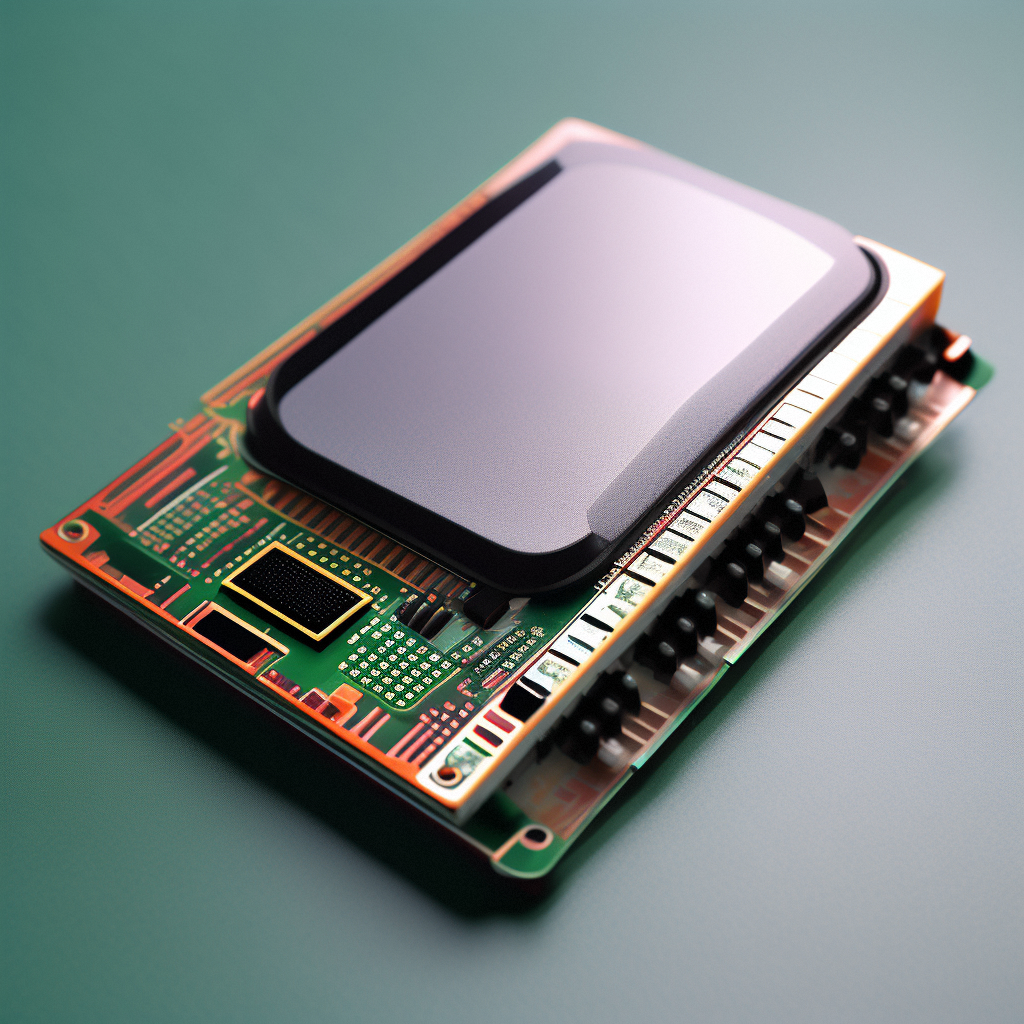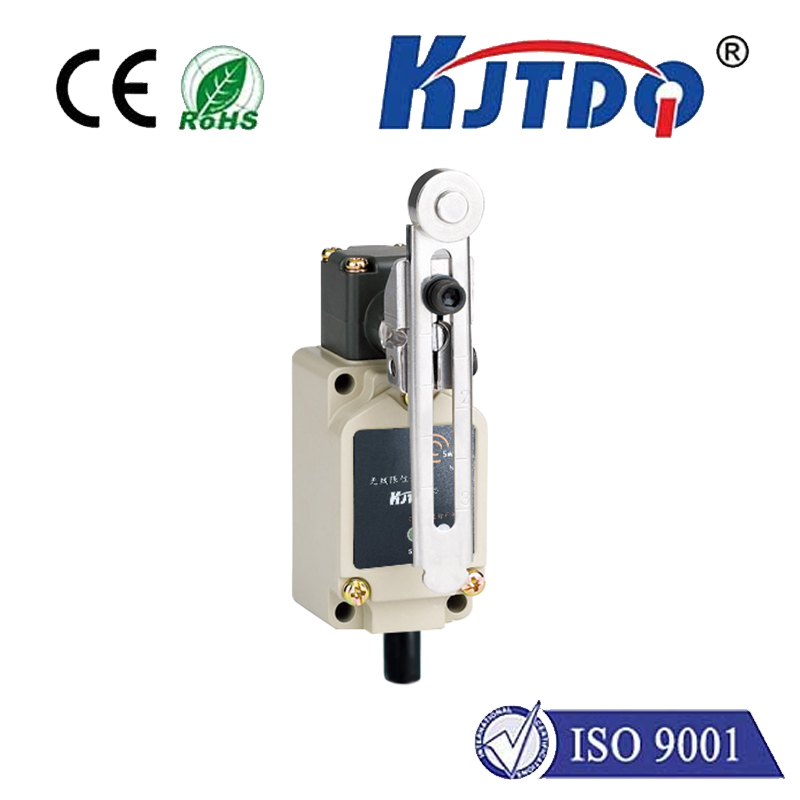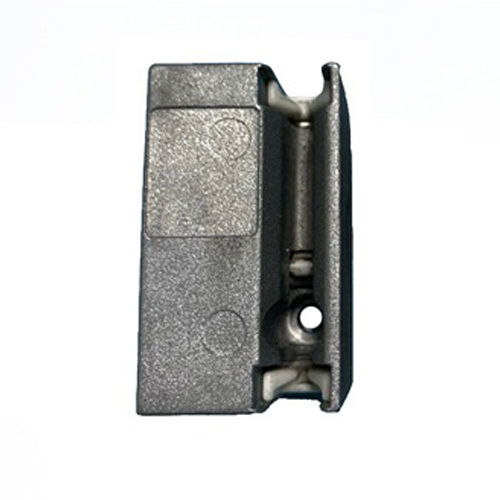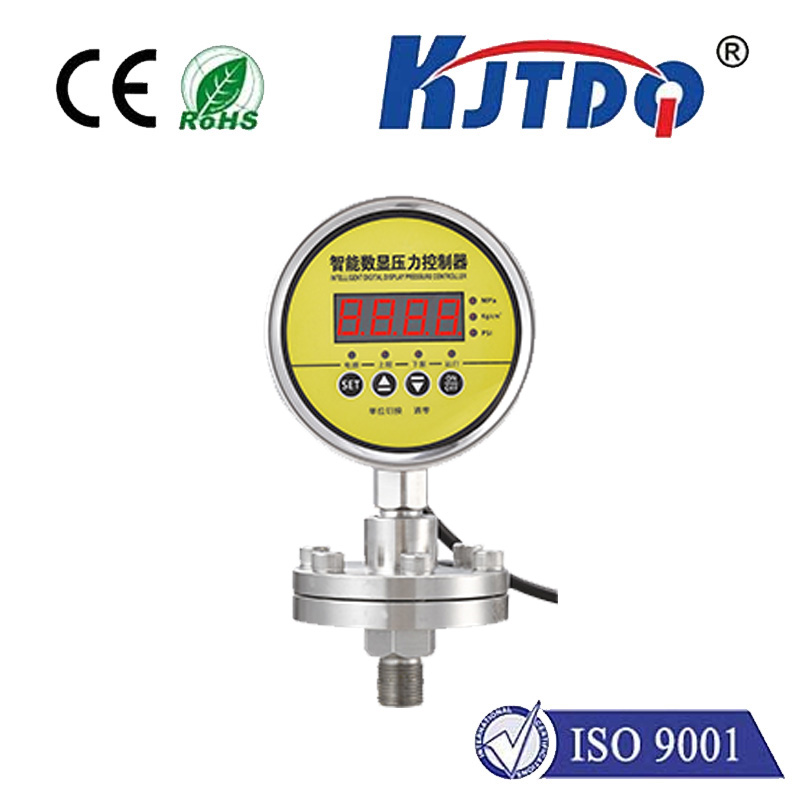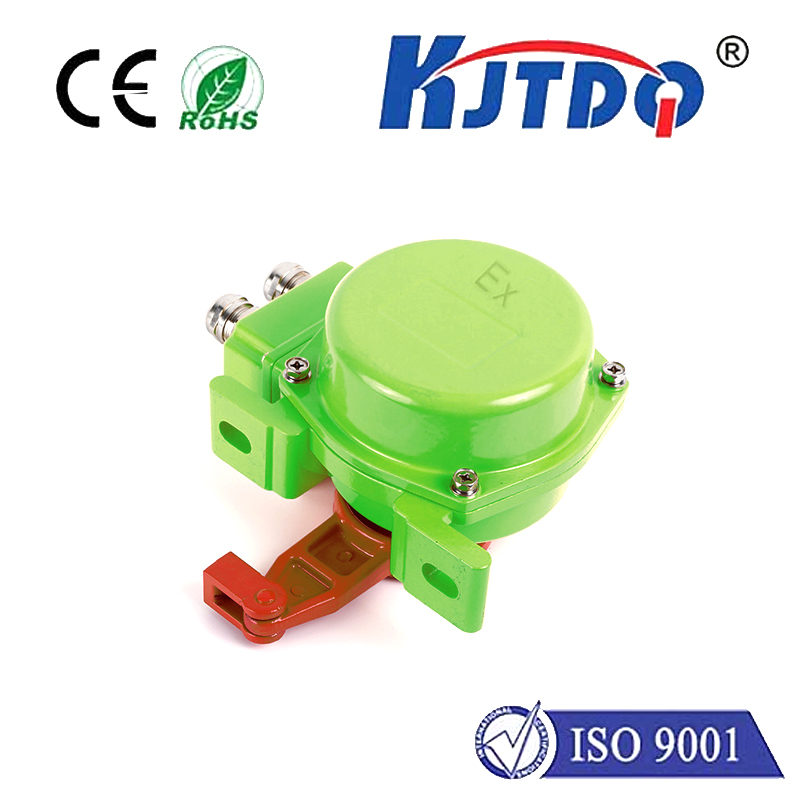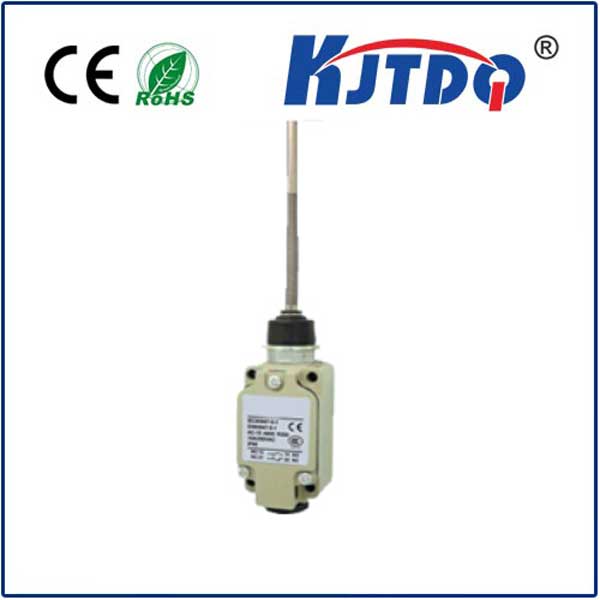capacitive proximity sensor detects
- time:2025-07-10 00:07:05
- Click:0
Capacitive Proximity Sensor Detects: The Invisible Touch Revolutionizing Automation
Title: Beyond Touch: How Capacitive Proximity Sensors Detect the Unseen
Have you ever marveled at an automatic faucet turning on without a touch, a touchscreen ignoring a stray raindrop, or packaging machinery flawlessly detecting a missing bottle cap? Behind these seemingly simple interactions often lies a sophisticated, invisible technology: the capacitive proximity sensor. This remarkable device detects the presence or absence of objects not through physical contact, but by sensing subtle changes in an electrical field, enabling countless modern conveniences and industrial efficiencies. Understanding how this sensor detects is key to appreciating its pervasive impact.
The Core Principle: Sensing the Electrical Shadow
Unlike mechanical switches requiring direct force or optical sensors needing a clear line of sight, a capacitive proximity sensor operates on the principle of capacitance. Simply put, capacitance is the ability of a system to store electrical charge. A capacitive sensor consists essentially of one or more electrodes forming a capacitor plate. When an electrical oscillator circuit charges this plate, it generates a weak, high-frequency electrostatic field (the sensing field) that projects outwards from the active face of the sensor.
Now, when an object enters this sensing field, it inherently disturbs the field. But how does this translate to detection? It hinges on the object’s properties:

- Conductive Objects (Metal, Water, Humans): These act like a second plate of a capacitor. They cause a significant increase in the sensor’s capacitance because they effectively form a new capacitor with the sensor’s electrode, drawing charge towards themselves. This is highly effective and offers the greatest sensing range.
- Non-Conductive Objects (Plastics, Wood, Glass, Ceramics): Even materials we think of as insulators have a measurable dielectric constant – their ability to concentrate an electrostatic field. When such an object enters the sensing field, it displaces the air (which has a low dielectric constant) with its own higher dielectric constant material. This also increases the capacitance, though typically to a lesser degree than a conductive object. This ability to detect non-metallic objects is a critical advantage over inductive sensors.
The sensor’s internal electronics continuously monitor the oscillator frequency or amplitude. The fundamental detection event occurs when the change in capacitance caused by the intruding object is significant enough to trigger a predefined threshold within the sensor’s circuitry. This triggers the output signal (e.g., ON/OFF) indicating the object’s presence.
Why Capacitive Detection Reigns Supreme in Many Scenarios
Capacitive proximity sensors offer a unique blend of capabilities that make them indispensable:
- Non-Contact Detection: Eliminates wear and tear and avoids damaging delicate objects. Operation is clean and frictionless.
- Material Versatility: Can detect virtually anything – metals, plastics, liquids, powders, wood, paper, organic material (like a human hand or body). This broad capability is unparalleled.
- Sealed Sensing Surface: Often features a completely flat or flush-mounted sensing face, making them ideal for hygienic environments (food, beverage, pharmaceutical), dusty conditions, or where liquids are present. They resist contamination buildup.
- Detecting Through Barriers: A key strength is their ability to detect objects through non-metallic materials like plastic walls, glass panels, or thin layers of packaging. This enables innovative applications like hidden touch controls or level sensing within tanks.
- Cost-Effectiveness: Generally offer a very good balance of performance, robustness, and cost, especially for non-metallic detection tasks.
Where the “Detect” Magic Happens: Real-World Applications
The ability of a capacitive proximity sensor to detect such a wide array of materials translates into countless practical uses:
- Consumer Electronics: The foundation of touchscreens (detecting the conductive touch of a finger). Liquid level sensing in appliances (detecting water/coffee through plastic). Touch-sensitive controls on appliances (detecting finger proximity).
- Industrial Automation: Object presence detection on conveyor belts (detecting plastic bottles, cartons, wood blocks). Filling level control in tanks (detecting liquid or powder). Paper/foil/film break detection (detecting the material passing through rollers). Detecting filled vs. unfilled containers (lid/cap present detection). End-of-stroke detection in plastic molding machines.
- Automotive: Occupancy detection for airbag systems (detecting a passenger’s body). Touch-sensitive interior controls. Rain sensors (detecting water droplets on the windshield).
- HVAC & Plumbing: Touchless faucets and flush valves (detecting hand/waste proximity). Condensate pan overflow detection.
- Packaging: Verifying the presence of pills/blisters in pharmaceutical packaging. Checking for filled bottles/cans under labels or through packaging material.
- Security: Proximity detection for touchless light switches or activation zones.
Design Considerations: Ensuring Reliable Detection
Effectively utilizing capacitive sensors requires understanding factors that influence their detection performance:
- Sensing Range: Typically shorter than inductive sensors, especially for non-conductive targets. Specified sensing distance (Sn) is usually given for a standard metal target. Detection distance for other materials can be significantly less. Always verify actual range for your specific target.
- Target Size & Material: Larger targets and more conductive/dielectric materials are easier to detect at longer ranges. Tiny or low-dielectric targets require the sensor to be closer.
- Environment: Humidity, excessive dust, or significant temperature fluctuations can affect the dielectric constants in the air and the sensor housing, potentially causing drift or false triggering. Choose sensors rated for the environment.
- Shielding: Flush-mounted sensors are shielded, meaning their field projects primarily forward. Unshielded sensors have a larger, more spherical field, useful for wider detection but susceptible to interference from nearby metallic objects. Select shielding based on mounting conditions.
- Ground Plane Effects: For optimal and stable detection of non-conductive materials, a stable ground reference is often beneficial or necessary behind the target.
- Adjacency: Capacitive sensors can potentially detect each other if mounted too closely, causing mutual interference. Follow manufacturer guidelines on minimum spacing.
Conclusion: The Subtle Power of the Electrical Field
The fundamental act of a capacitive proximity sensor detects the world around us in a profoundly different way. By harnessing the invisible interplay of electric fields and capacitance changes, it provides a versatile, reliable, and often non-intrusive method of sensing presence. From enabling the convenience of touchless interfaces to safeguarding industrial processes by detecting missing components or verifying fill levels through barriers, this technology quietly underpins a more automated, efficient, and user-friendly world. Its unique ability to “feel” without touching makes it a cornerstone of modern sensing solutions.












